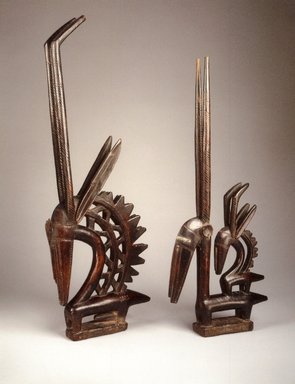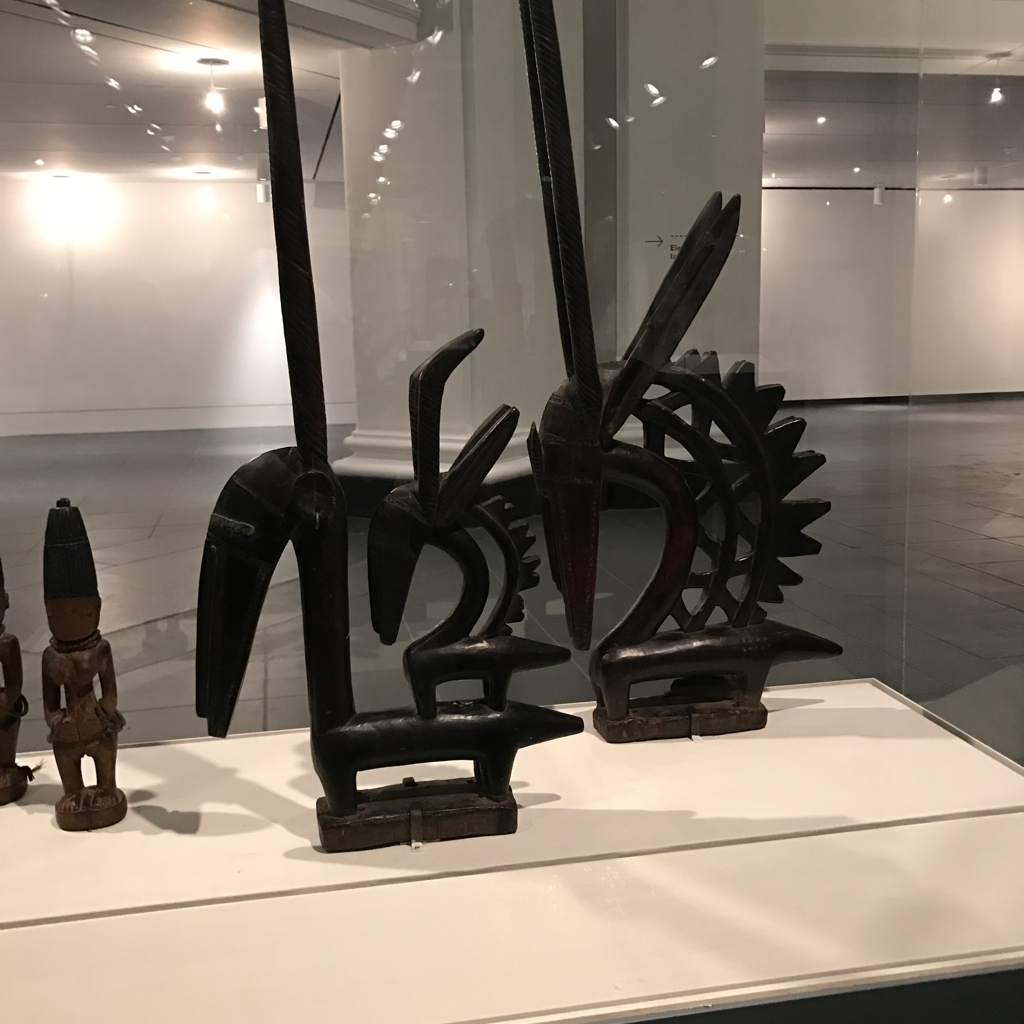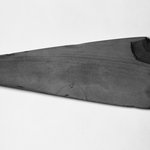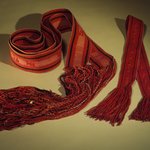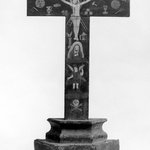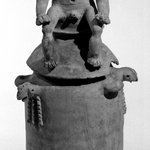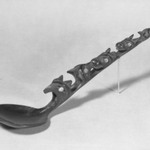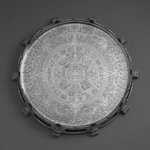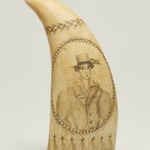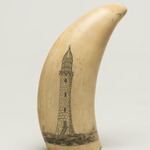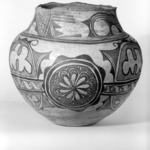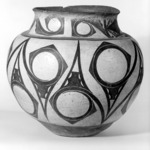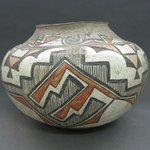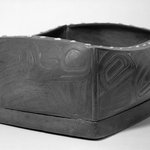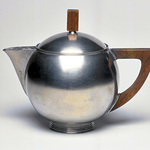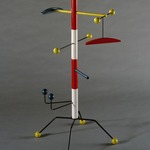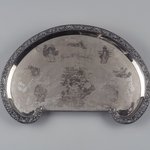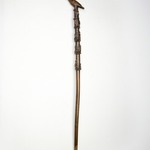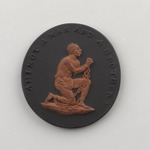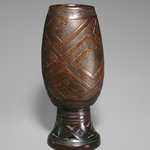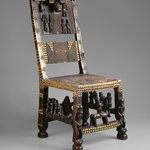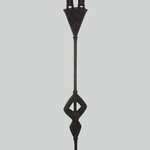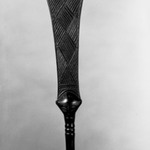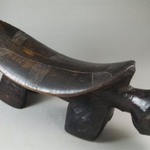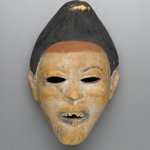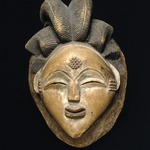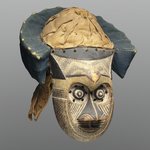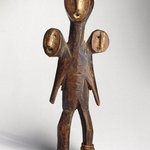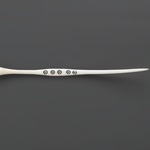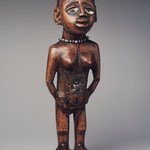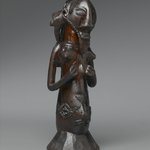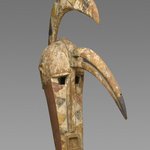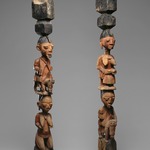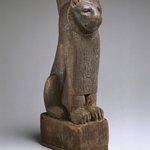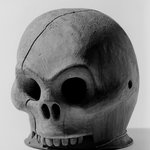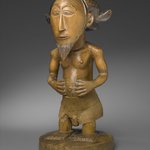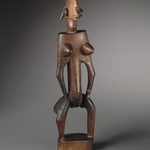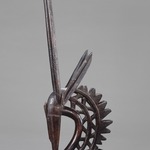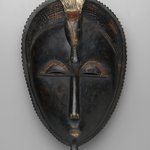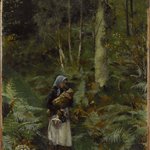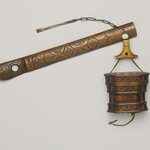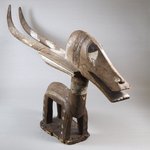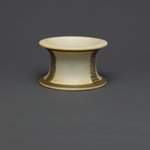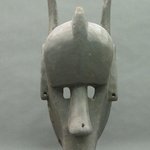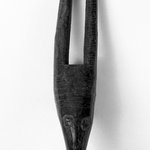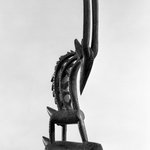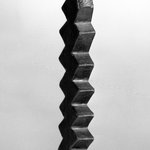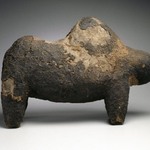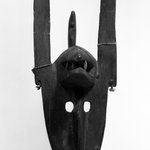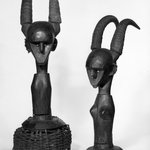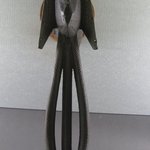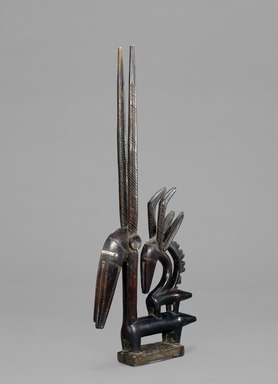

Bamana. Dance Headdress (Ci-wara Kun), late 19th–early 20th century. Wood, metal, 31 3/4 x 13 1/2 x 2 3/4 in. (80.6 x 34.3 x 7 cm). Brooklyn Museum, Gift of Rosemary and George Lois, 77.245.2. Creative Commons-BY (Photo: Brooklyn Museum, 77.245.2_edited_SL1.jpg)
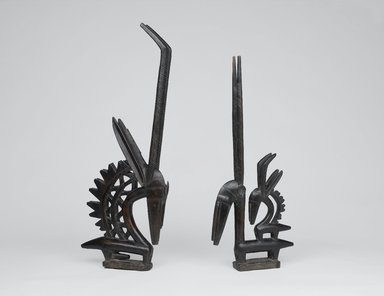
Bamana. Dance Headdress (Ci-wara Kun), late 19th–early 20th century. Wood, metal, 31 3/4 x 13 1/2 x 2 3/4 in. (80.6 x 34.3 x 7 cm). Brooklyn Museum, Gift of Rosemary and George Lois, 77.245.2. Creative Commons-BY (Photo: , 77.245.1_77.245.2_PS1.jpg)
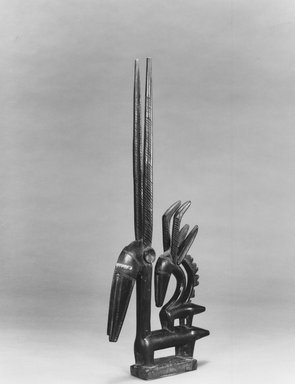
Bamana. Dance Headdress (Ci-wara Kun), late 19th–early 20th century. Wood, metal, 31 3/4 x 13 1/2 x 2 3/4 in. (80.6 x 34.3 x 7 cm). Brooklyn Museum, Gift of Rosemary and George Lois, 77.245.2. Creative Commons-BY (Photo: Brooklyn Museum, CUR.77.245.2_print_threequarter_bw.jpg)
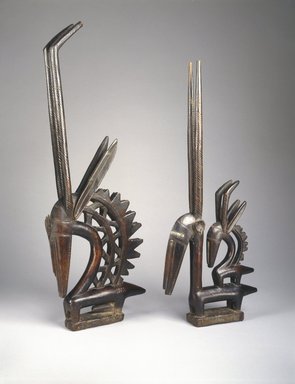
Bamana. Dance Headdress (Ci-wara Kun), late 19th–early 20th century. Wood, metal, 31 3/4 x 13 1/2 x 2 3/4 in. (80.6 x 34.3 x 7 cm). Brooklyn Museum, Gift of Rosemary and George Lois, 77.245.2. Creative Commons-BY (Photo: , 77.245.1_77.245.2_large_Design_scan.jpg)
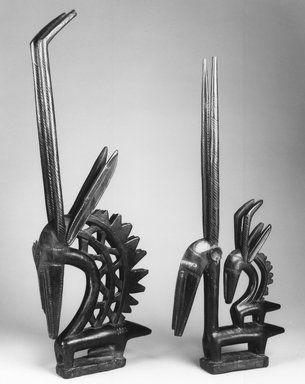
Bamana. Dance Headdress (Ci-wara Kun), late 19th–early 20th century. Wood, metal, 31 3/4 x 13 1/2 x 2 3/4 in. (80.6 x 34.3 x 7 cm). Brooklyn Museum, Gift of Rosemary and George Lois, 77.245.2. Creative Commons-BY (Photo: , CUR.77.245.1_77.245.2_print_threequarter_bw.jpg)
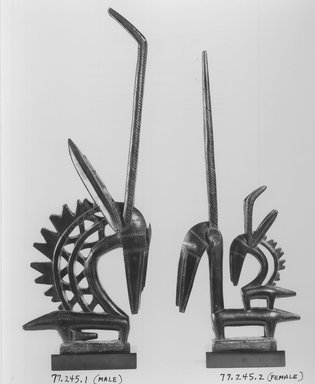
Bamana. Dance Headdress (Ci-wara Kun), late 19th–early 20th century. Wood, metal, 31 3/4 x 13 1/2 x 2 3/4 in. (80.6 x 34.3 x 7 cm). Brooklyn Museum, Gift of Rosemary and George Lois, 77.245.2. Creative Commons-BY (Photo: , CUR.77.245.1_77.245.2_print_side1_bw.jpg)
Dance Headdress (Ci-wara Kun)
Arts of Africa
Duality is present in art throughout the continent as an expression of essential concepts that drive human nature—from gender to humanity’s place in the cosmos. This pair of pairs illustrates some of the ways that artists have expressed these ideas.
Ere ibeji are carved by the Yoruba primarily as memorial figures for twins. Because twins are considered spiritually powerful beings, with power to provide considerable good or to inflict harm, ibeji figures are the focus of great personal interaction and care. Such figures are considered a point of access to the spirit of a departed twin, and an icon of status for a mother of twins.
Worn on the heads of male dancers, ci-wara headdresses are danced in male and female pairs to symbolize the fertility of land and animals. Each headdress represents an antelope, which for the Bamana is a metaphor for the successful farmer who tirelessly tills his fields.

